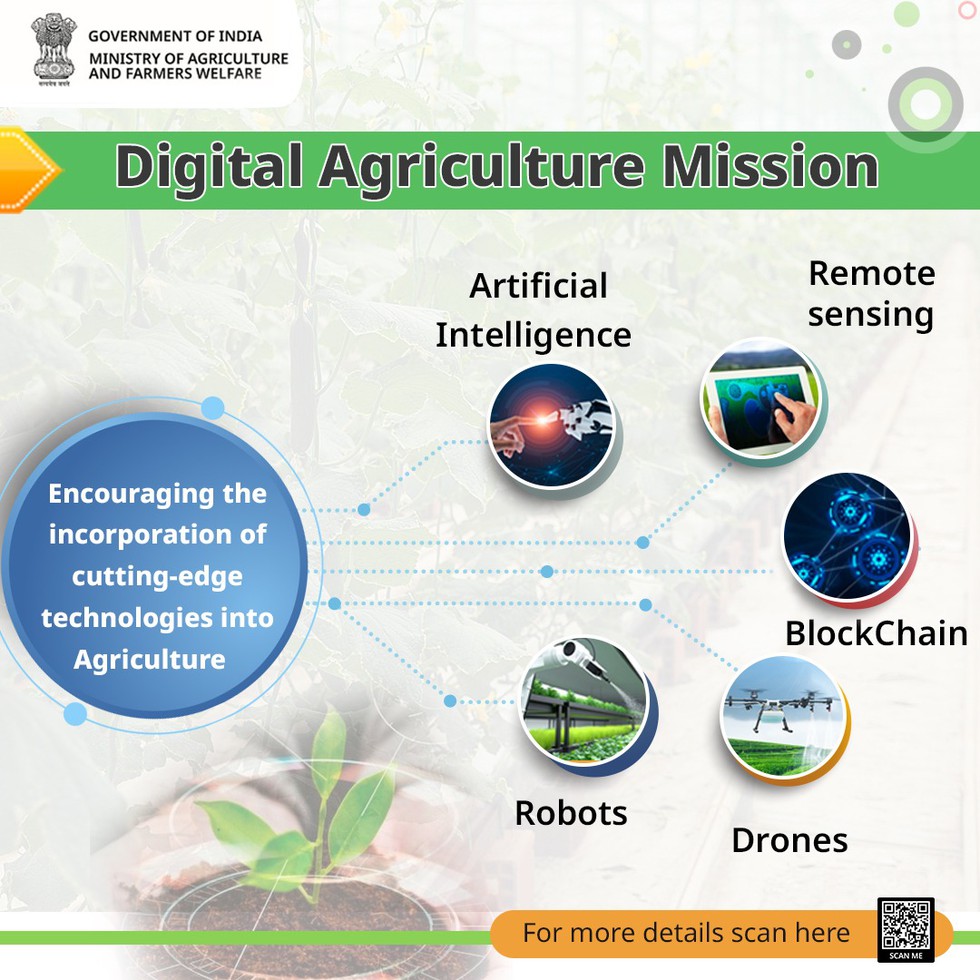
About Digital Agriculture Mission:
Russian troops recently hit Kharkiv, ...
With Saora tribals of Gajapati distri...
Member states of the Colombo Security...
The Union Cabinet recently gave the g...
The President of India recently sanct...
Namibia plans to cull hundreds of its...
Thanjavur Veena is the first musical ...
The Digital Bus initiative has so far...
Recently, the Union Cabinet Committee...
Scientists and entrepreneurs are work...